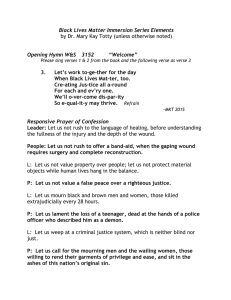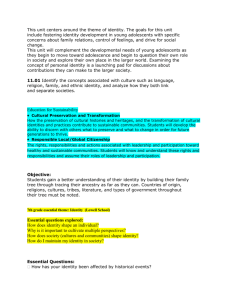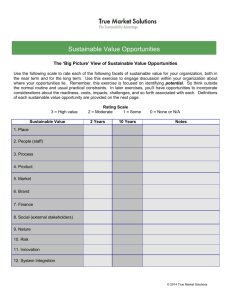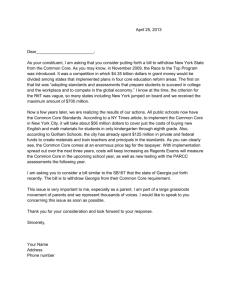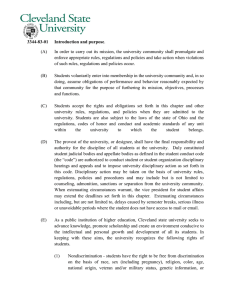Running head: CASE REPORT ON “VERTIGO” 1
advertisement
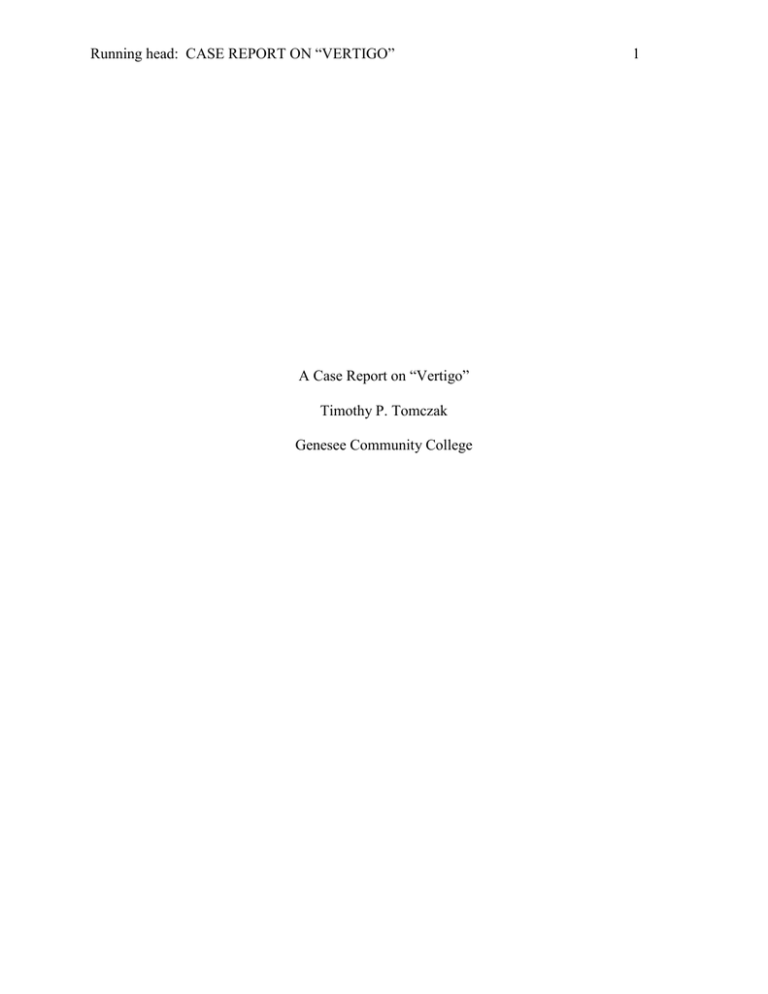
Running head: CASE REPORT ON “VERTIGO” A Case Report on “Vertigo” Timothy P. Tomczak Genesee Community College 1 CASE REPORT ON “VERTIGO” 2 A Case Report on “Vertigo” The client described in the case is a 46-year-old housewife. She and her husband are currently experiencing marital difficulties. The client has been referred to me by her husband’s psychiatrist. Her primary complaint is that she experiences periods of dizziness that have been interfering with her ability to function on a daily basis. These dizzy spells seem to occur at regular times—most notably at around 4:00 in the afternoon and when discussions turn to the marital conflicts she and her husband are experiencing. Thorough physical examinations have ruled out any possible medical conditions. Diagnosis: Conversion Disorder Diagnostic code: 300.11 Additional information: Psychosocial problem: marital difficulties Diagnostic Criteria I believe that this client is suffering from Conversion Disorder. Diagnostic criterion A for Conversion Disorder listed in the Diagnostic and Statistical Manual, 5th edition (DSM) is listed as, “One or more symptoms of altered voluntary motor or sensory function.” (American Psychiatric Association [APA], 2013). Very clearly this client’s frequent bouts of dizziness fulfill this criterion. Criterion B states that, “Clinical findings provide evidence of incompatibility between the symptom and recognized neurological or medical conditions.” (APA, 2013). As described in the case, this client’s dizzy spells occur at regular times—at 4:00 p.m., prior to her husband coming home from work and when the couple’s conflicts are being discussed. If the client’s CASE REPORT ON “VERTIGO” 3 symptoms were due to a medical condition, the dizzy spells would not occur at such regular intervals. (And so on, and so forth, and so on and so forth, and so forth, and so forth, and so on and so forth, and so forth, and so on and so forth , and so on and so forth , and so on and so forth , and so on and so forth.) Treatment Plan Goals My immediate concern in this particular case is that fact that the client’s husband’s demanding nature seems to be directly feeding into the client’s mysterious dizzy spells. For example, if he weren’t so insistent on having things just so when he arrived home from work at 4:00, perhaps the client would not respond in the way she does. Individually, I would try to explain to the husband that his strong reactions are exacerbating the marital discord and thus his wife’s condition. I would urge him to make every effort to be less demanding, and try to play a more active role in the household chores he insists be completed when he gets home from work. My short-term goal in this particular case is to try and repair the marital discord that seems to persist in this household. It seems to me that both parties have some false notions regarding how a household should function. They need to understand that marriage is a partnership and some degree of compromise and responsibility on the part of both parties is necessary for the proper functioning of the family. I would also try to improve communication between the two—it is obvious that they do not seem to be communicating as effectively as they could. My long-term goal in this particular case would be to help the client develop a more functional and mature way of expressing her psychological discomfort. Her tendency to develop CASE REPORT ON “VERTIGO” 4 somatic complains in response to stressors must have deep roots in her personality development. This will probably be the most challenging aspect of therapy with this particular client. Treatment Site Because the client’s difficulties are not so severe that she is at risk of harming herself or others, I would recommend treatment on an outpatient basis. Hospitalization is not necessary. Treatment Modality In this particular case I would recommend a combination of individual psychotherapy, couples’ therapy and perhaps some group therapy with other couples having marital difficulty. Specific Treatment Techniques Although, no particular treatment techniques standout as being especially effective in treating somatoform disorders, it is clear that biological, emotional and cognitive factors as well as conditioning play a role in the development of this disorder. For this reason, an integrative therapeutic approach that focuses on childhood events that provide the fuel for the development of later somatic symptoms is often recommended (Halgin & Whitbourne, 2000, p. 217). (…and so on and so forth, and so on and so forth, and so on and so forth, and so on and so forth, and so on and so forth, and so on and so forth, and so on and so forth, and so on and so forth, and so on and so forth, and so on and so forth, and so on and so forth, and so on and so forth, and so on and so forth, and so on and so forth, and so on and so forth, and so on and so forth, and so on and so forth, and so on and so forth.) CASE REPORT ON “VERTIGO” 5 References American Psychiatric Association. (2000). Diagnostic and statistical manual of mental disorders (4th ed. Text rev.). Washington, DC: Author. American Psychiatric Association (2013). Diagnostic and statistical manual of mental disorders (5th ed.). Washington, DC: Author. DOI: 10.1176/appi.books.9780890425596.734227 Halgin, R.P. & Whitbourne, S.K. (2000). Abnormal psychology: Clinical perspectives on psychological disorders (3rd ed.). Boston, MA: McGraw-Hill.

